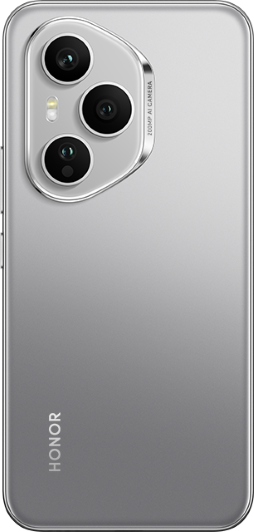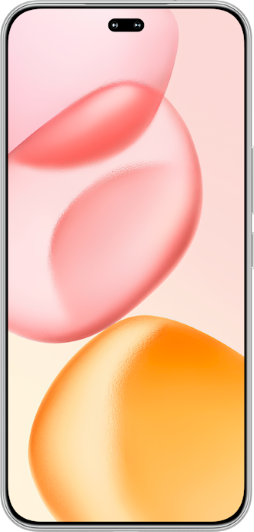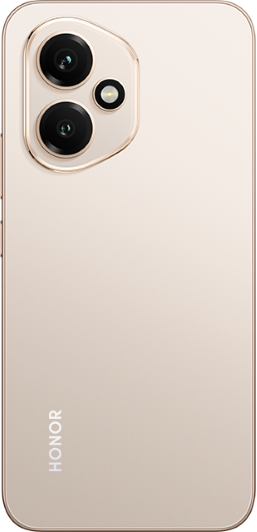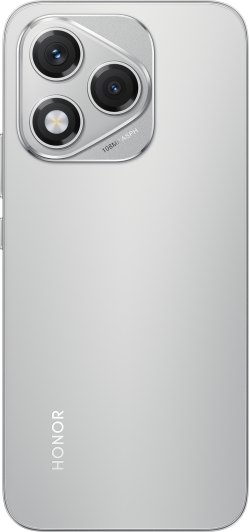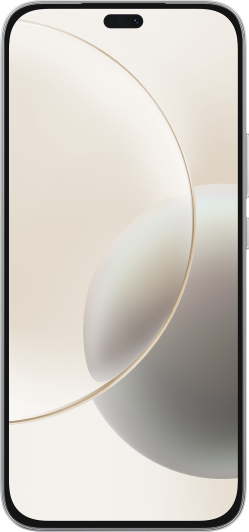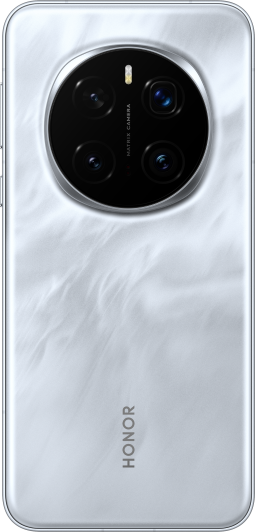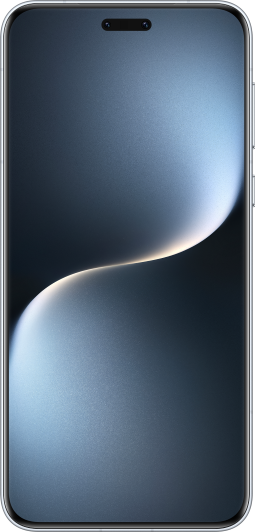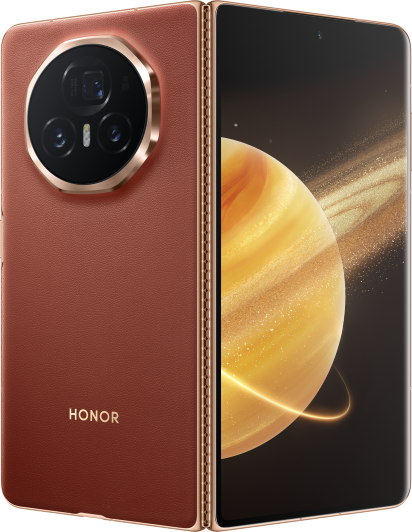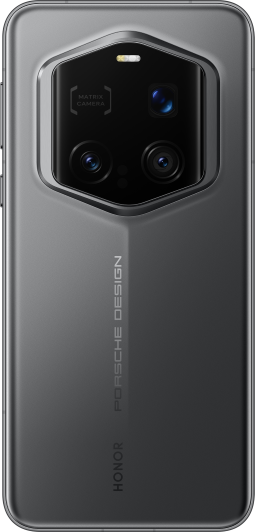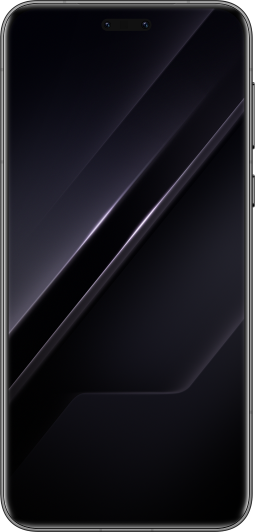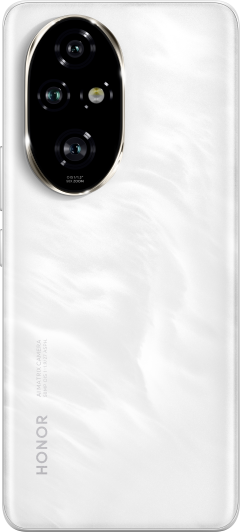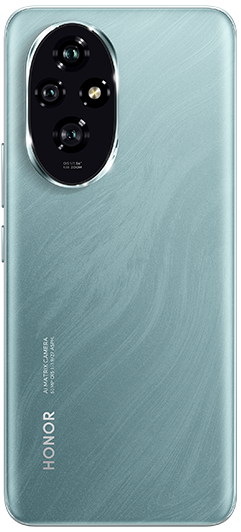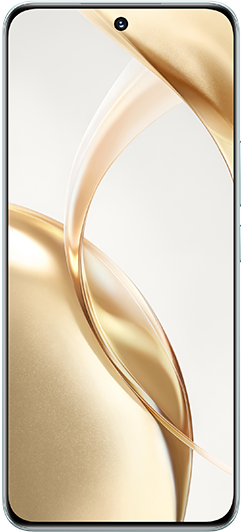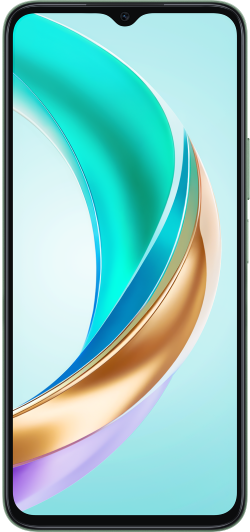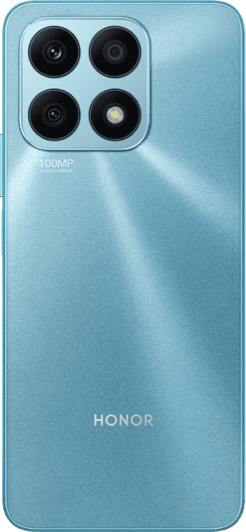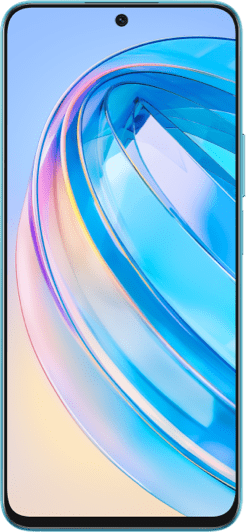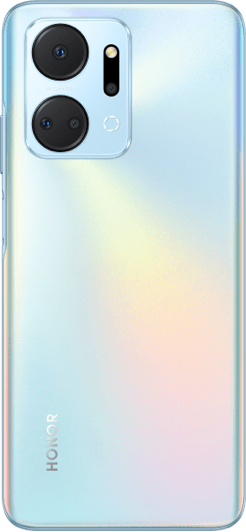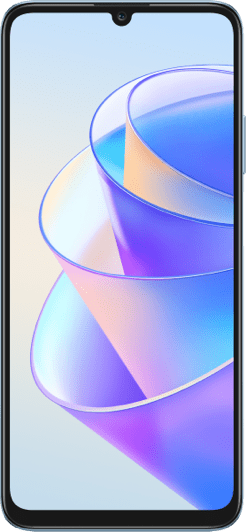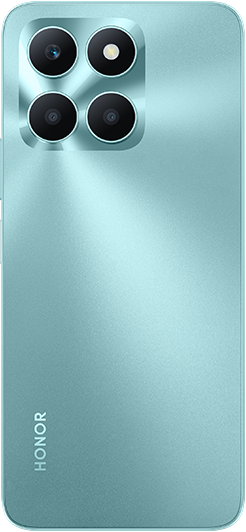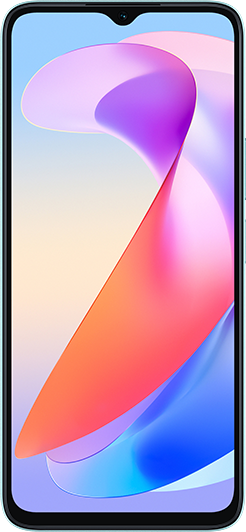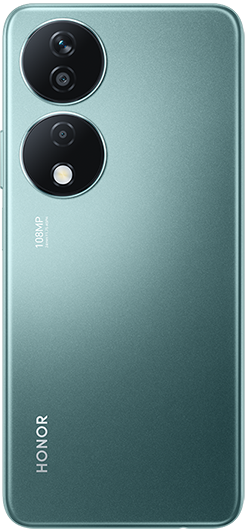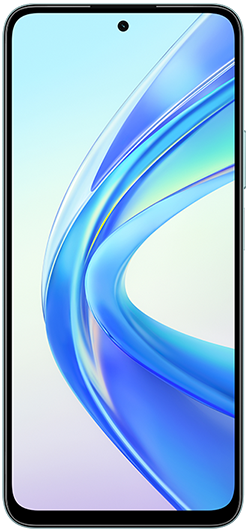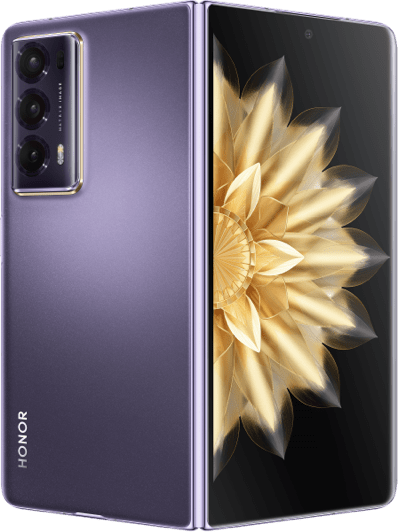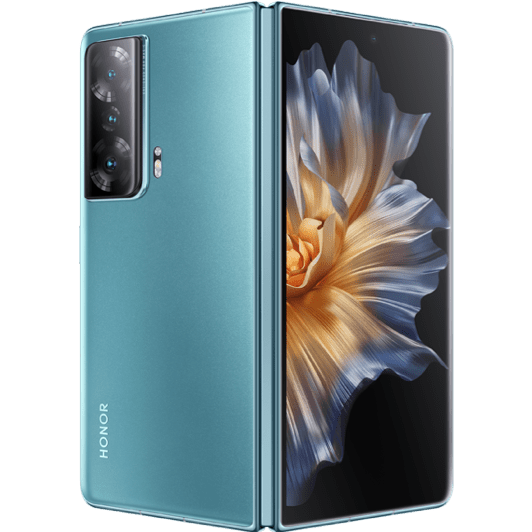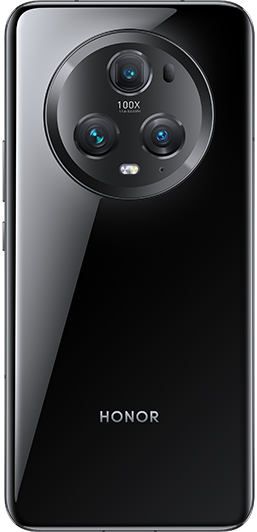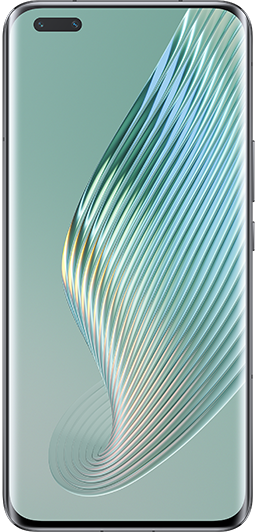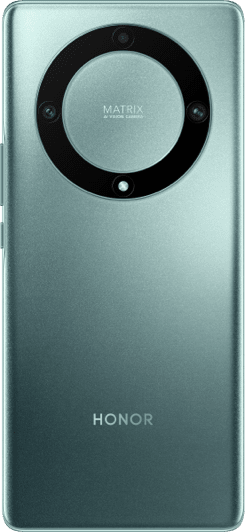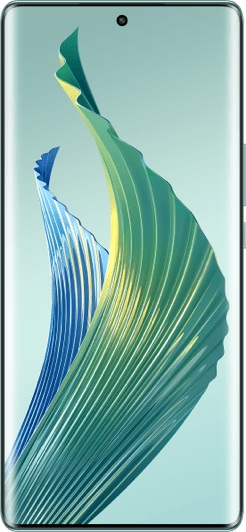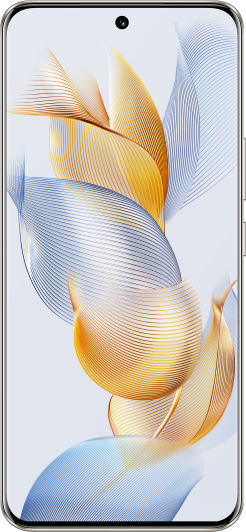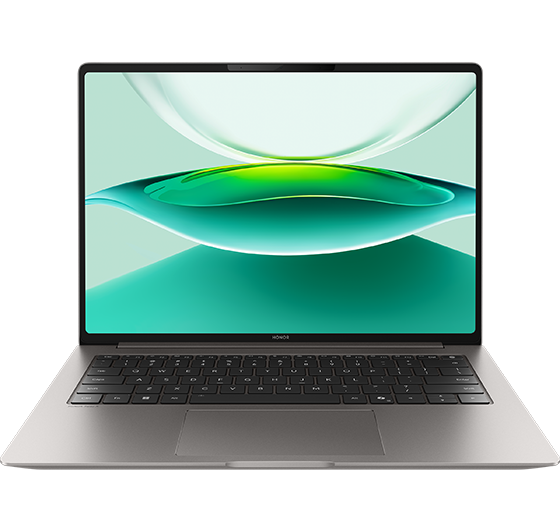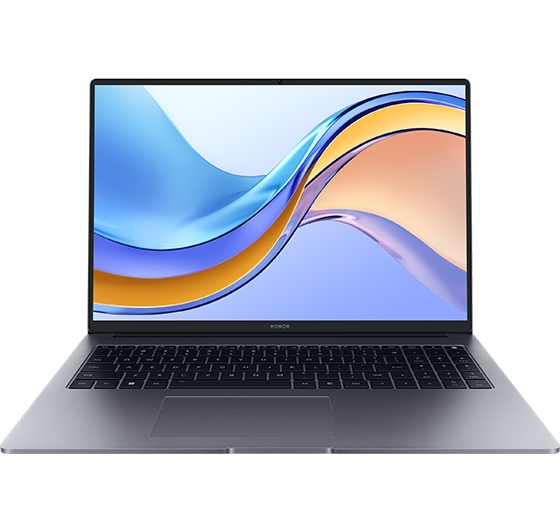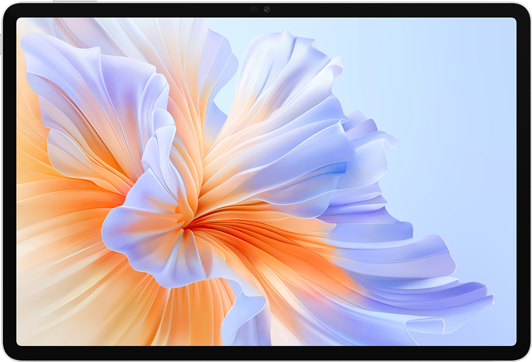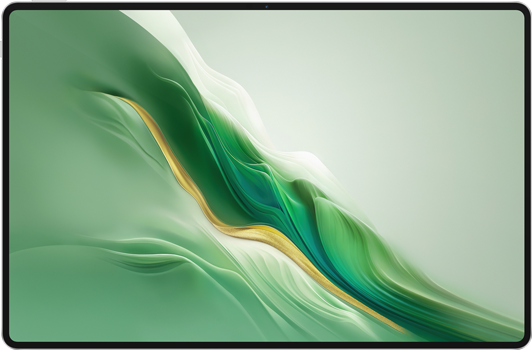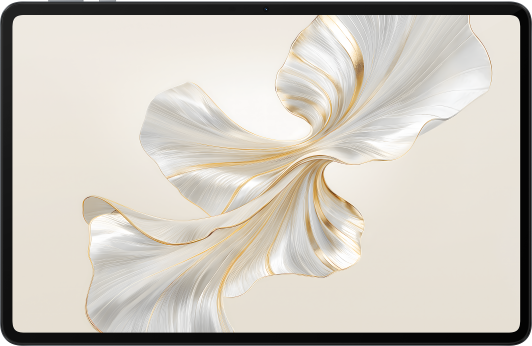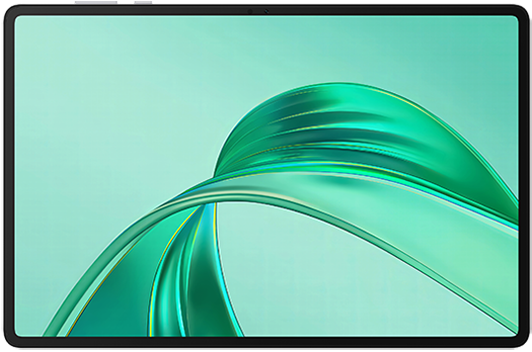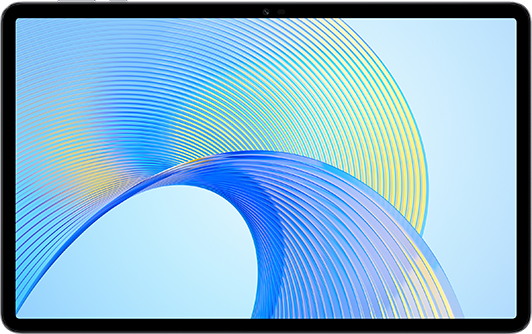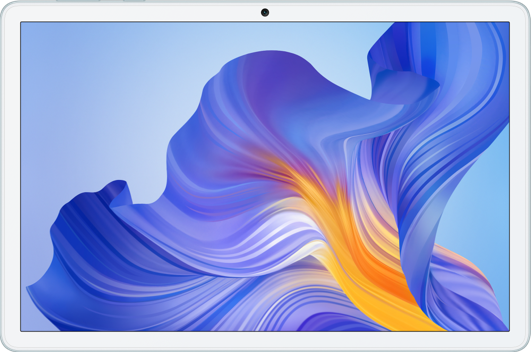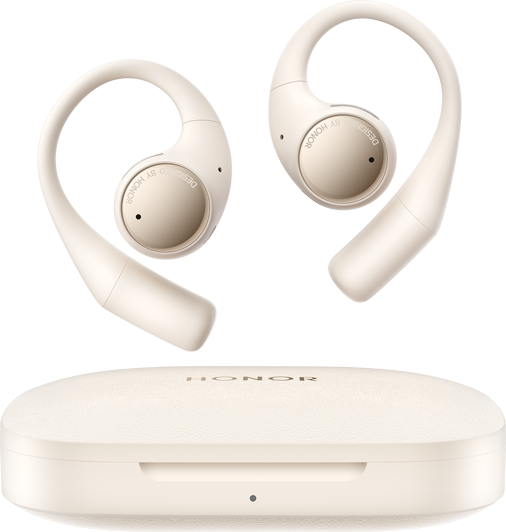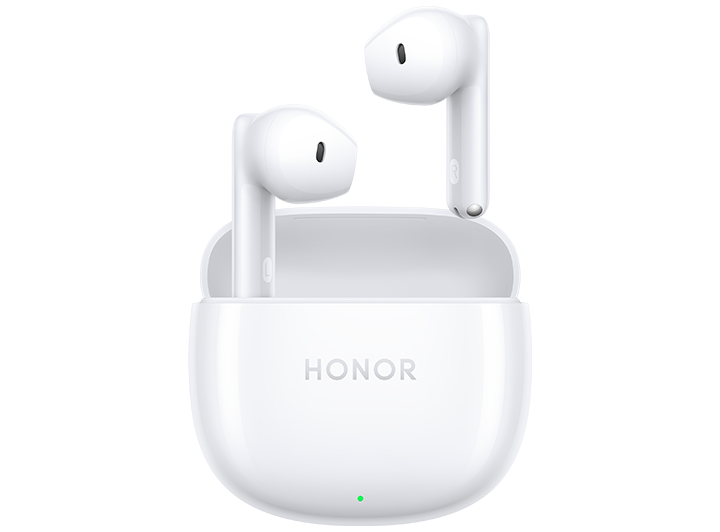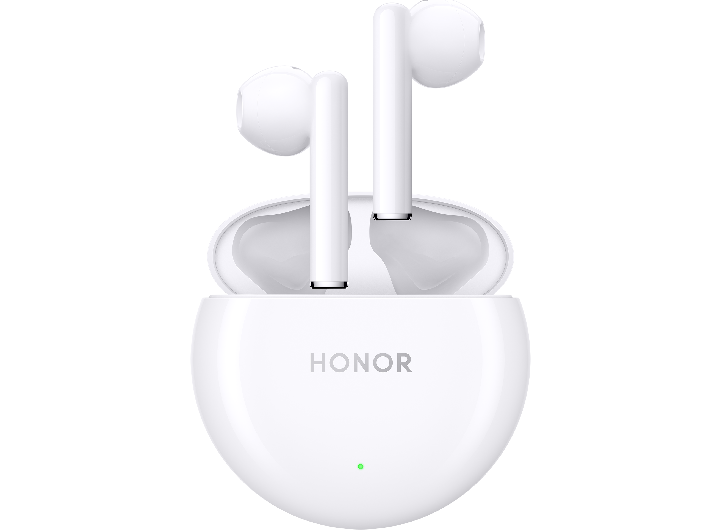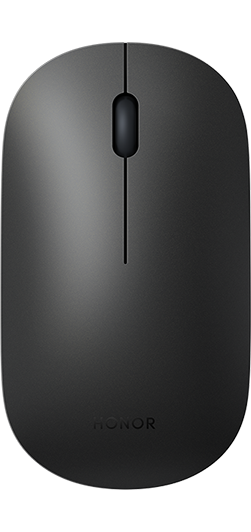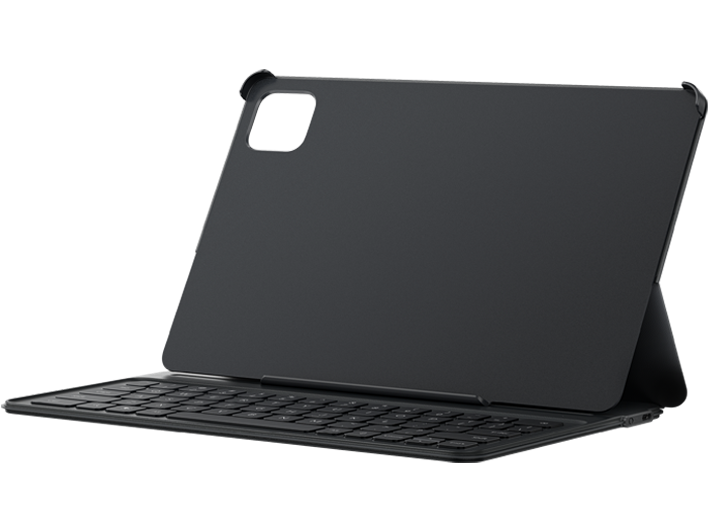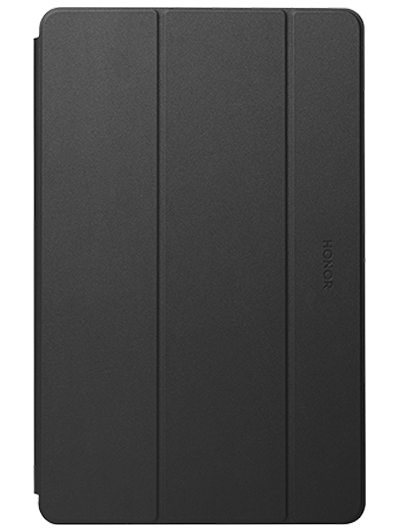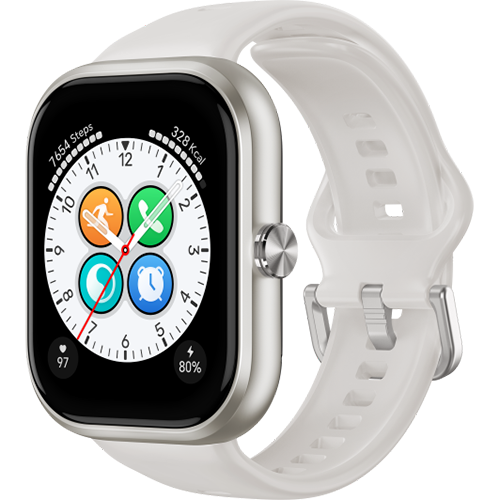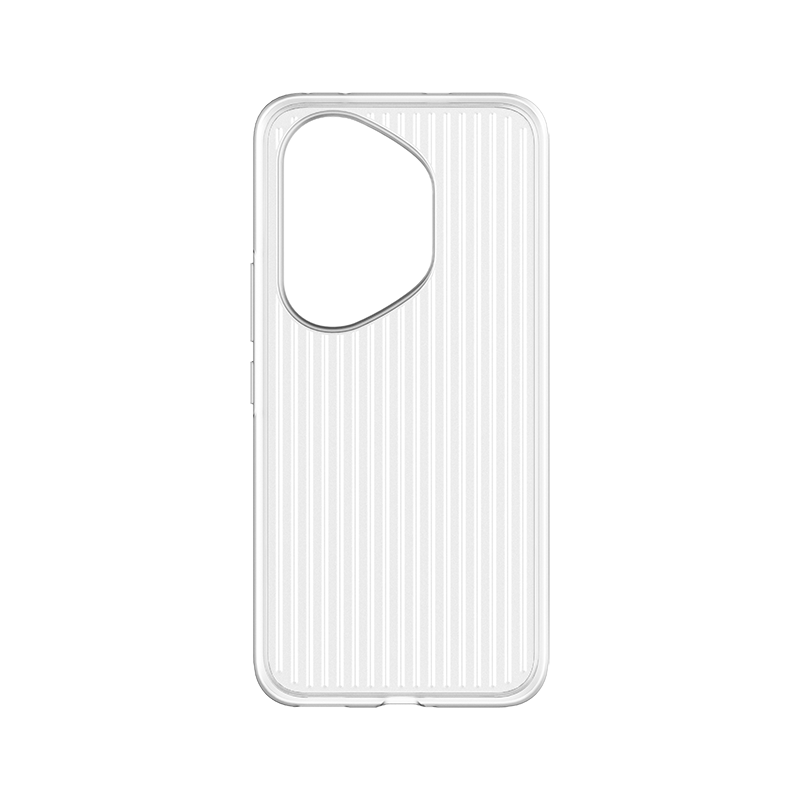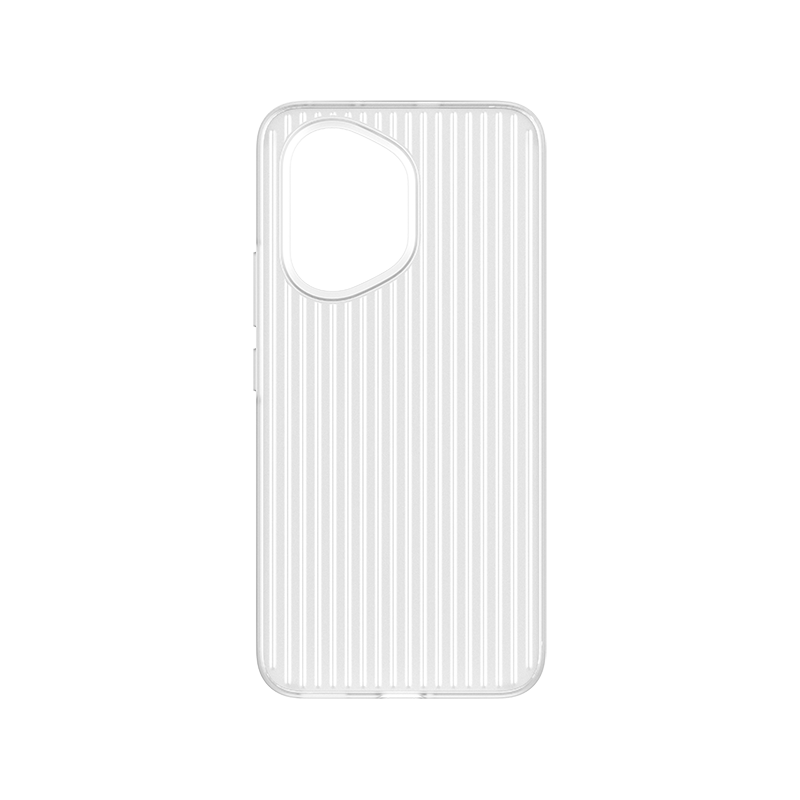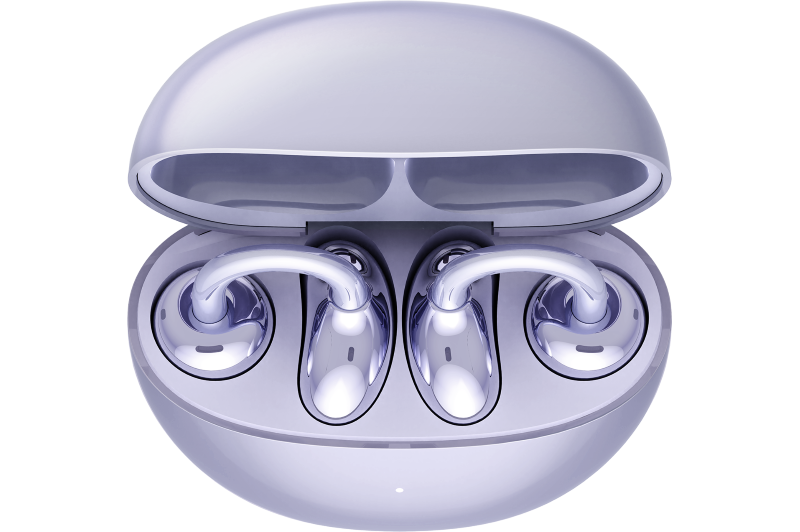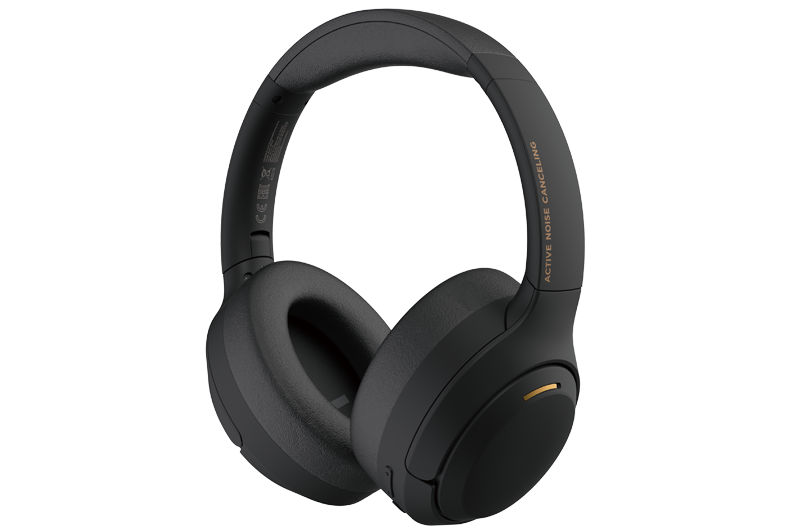TOP

我的荣耀 开启荣耀之旅
To log in to your account, you must first agree to the HONOR PLATFORM TERMS OF USE. If you do not agree, you may only browse the site as a guest.
What Is the Megapixel? Choosing the Right Camera MP
Table of Contents
・What is a Megapixel?
・How Megapixels Affect Image Quality
・When Do Megapixels Matter?
・How Many Megapixels Do You Need?
・Megapixels and Smartphones: Is Bigger Always Better?
・Conclusion
・FAQs
Understanding digital photography begins with a key question: What is the megapixel? Whether you're choosing a camera or a smartphone, megapixels often seem like the most important number. But do more megapixels really mean better photos? In this article, we'll explain megapixels in simple terms and guide you in deciding how many you actually need based on how you shoot, share, and print images.
What is a Megapixel?
A megapixel means one million pixels. Pixels are tiny squares of colour that make up every digital photo. When you take a picture, the camera captures millions of these small dots, arranging them in a grid. Together, they create the full image you see.
Think of pixels like tiles in a mosaic. From afar, you see a clear picture. But zoom in close, and you’ll notice the small coloured squares. A higher megapixel count means more of these tiles, which often means more detail.
How Megapixels Affect Image Quality
At first glance, more megapixels seem to mean sharper, better-quality images. A high-megapixel sensor can capture finer details, especially useful for large prints or heavy cropping.
But resolution isn't the only thing that matters. Lens quality, sensor size, lighting, and camera software also affect the final image. A camera with fewer but better-quality pixels can outperform one that simply packs in more.
In most everyday cases, like viewing photos on screens or making standard prints, a 12 to 20-megapixel camera can provide excellent results. Unless you're zooming in or enlarging your photo, you may not notice the difference from a 50MP sensor.
When Do Megapixels Matter?
Megapixels become important when you're printing large images or cropping heavily. For instance, if you want to print a photo as a poster or canvas, a higher megapixel count helps keep it sharp.
Imagine cropping 80% of your photo and still needing it to look clear in a print. This is why professionals, like fashion or product photographers, often choose high-resolution cameras. They can take one full-body shot and crop different parts for detailed close-ups, all from one photo.
So, are more megapixels better? Not always, but in specific cases—like large-scale printing or pro-level cropping—it definitely helps.
How Many Megapixels Do You Need?
The answer depends on how you use your photos. For digital sharing, almost any modern camera will do. Most smartphones and compact cameras already offer enough resolution for online use.
However, the question of how many megapixels is good for a camera depends on your habits. If you often crop images or want to print large formats, aim for 20MP or higher. But if you're just sharing on social media, even 12MP is enough.
Too many megapixels can also be a drawback. Larger files take up more storage space. They take longer to transfer and edit. And for social platforms that resize photos automatically, excess resolution might be wasted.
When cropping, megapixels offer more flexibility. Say you use a 60MP camera. You can crop the image by 50% and still end up with more detail than a camera that originally shot at 24MP. This is useful for birdwatchers, sports photographers, or anyone needing to zoom in digitally.
Printing is another area where megapixels matter. The print size you can achieve depends on the dots per inch (DPI) of your printer. A 24MP image (6000 x 4000 pixels) can print a clear 40x26-inch photo at 150 DPI. If your photo is too small for the print size, you risk visible pixelation, where the photo looks blocky.
Not sure how many DPI your printer uses? Divide the photo's pixel dimensions by the printer's DPI to get the max size you can print without losing clarity.
Megapixels and Smartphones: Is Bigger Always Better?
Smartphone makers often promote their cameras by boasting about megapixels. But more doesn’t always mean better. The real difference lies in the quality of each pixel and the camera sensor.
Smaller sensors struggle with light, especially in low-light conditions. That’s why some phones improve photo quality by using larger pixels, not just more of them. Larger pixels can capture more light, leading to clearer, sharper images with less digital noise.
Think of it like buckets catching rain. A few big buckets can collect more water than many small ones. Similarly, bigger pixels gather more light, improving image quality, especially in dim lighting.
So, how many megapixels is good for a phone camera? Around 12 to 20 megapixels is typically enough for most users. Rather than focusing only on megapixel count, look at how well the camera performs in real-life conditions—low light, movement, and detail.
High megapixel phones may offer more detail for cropping or zooming in, but they often need advanced software to manage the large images and reduce noise. Quality beats quantity, especially when pixels are used wisely.
If you're looking for a great balance between megapixel count and real-world performance, HONOR Magic7 Pro are a strong recommendation.
Conclusion
Understanding what is the megapixel helps you choose the right camera for your needs. While megapixels impact image resolution, they aren’t the only factor that determines photo quality. Consider how you plan to use your images—whether for social media, printing, or professional work—before deciding on megapixel count. Focus on a balanced camera setup to get the best results, not just the highest number of megapixels.
FAQs
What is megapixels in a camera?
A megapixel in a camera refers to one million pixels that make up a photo. Each pixel captures a small part of the image, and more megapixels generally mean higher image resolution. This allows for more detail, especially in large prints or when cropping. However, image quality also depends on the camera's sensor and lens, not just megapixels alone.
What is 1 MP?
1 MP, or one megapixel, means an image contains one million pixels. These tiny squares of color come together to form the complete photo. A 1 MP image is low in resolution and is usually only suitable for small prints or online sharing. While it captures basic details, it lacks the sharpness and clarity of higher megapixel images.
What does 12.1 megapixel mean?
A 12.1 megapixel camera captures images made up of approximately 12.1 million pixels. This resolution is suitable for everyday photography, digital sharing, and printing photos up to medium sizes. It offers a good balance between image quality and file size, making it ideal for most casual users who don’t need to crop or enlarge photos significantly.
Is a 50MP camera good?
Yes, a 50MP camera is very good for capturing high-resolution photos with lots of detail. It's especially useful for large prints or heavy cropping. However, having 50 megapixels doesn't always mean better photos—factors like sensor quality, lighting, and lens performance also play major roles in overall image quality.
Source: HONOR Club

Subscribe To Our Newsletter - Discover HONOR
Please accept HONOR Platform Privacy Statement.
By entering your WhatsApp number, you agree to receive commercial information on WhatsApp about HONOR products, events, promotions and services. For more details, please see our privacy policy.
Please accept HONOR Platform Privacy Statement.
I agree to receive the latest offers and information on HONOR products, events and services through third-party platforms (Facebook, Google). I may withdraw my consent at any time as indicated in the Privacy Statement.
Contact
Mon-Sat: 09:00 – 18:00. (Except on national holidays).
Third Floor, 136 George St., London, W1H 5LD, United Kingdom.
Copyright © HONOR 2017-2025. All rights reserved.
We use cookies and similar technologies to make our website work efficiently, as well as to analyze our website traffic and for advertising purposes.
By clicking on "Accept all cookies" you allow the storage of cookies on your device. For more information, take a look at our Cookie Policy.
Functional cookies are used to improve functionality and personalization, such as when playing videos or during live chats.
Analytical cookies provide information on how this site is used. This improves the user experience. The data collected is aggregated and made anonymous.
Advertising cookies provide information about user interactions with HONOR content. This helps us better understand the effectiveness of the content of our emails and our website.
